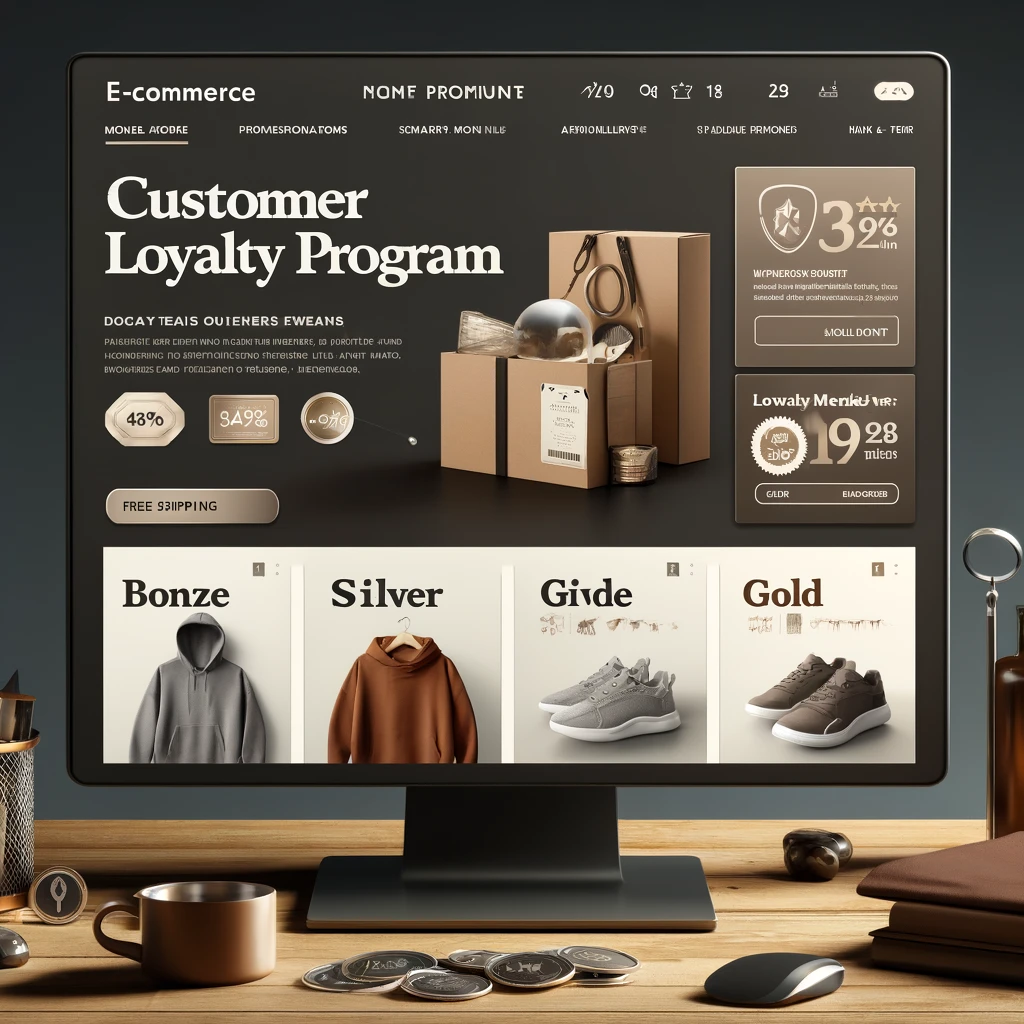
A well-crafted content strategy for an e-commerce blog should focus on providing value to potential customers through educational, informative, and entertaining content. The goal is to build trust, showcase expertise, and keep readers engaged, ultimately guiding them toward making purchases. Below is a structured content strategy designed to achieve these goals.
1. Educational Content: Teach and Empower Your Customers
Goal: Help potential customers make informed decisions and solve their problems by offering expert advice and how-tos.
Content Ideas:
- Product Guides and Buying Tips:
- Examples: “How to Choose the Right Winter Jacket for Your Climate” or “The Ultimate Guide to Buying Sustainable Home Products.”
- Purpose: Help readers make better purchase decisions by explaining the features and benefits of different products.
- How-To Tutorials:
- Examples: “How to Style Your Living Room with Minimalist Furniture” or “How to Properly Care for Leather Shoes.”
- Purpose: Provide practical advice on how to use or maintain products, increasing customer satisfaction and product longevity.
- Comparisons and Reviews:
- Examples: “Smartphones: Comparing the Top 5 Models for 2024” or “Are Organic Beauty Products Worth the Price? A Comprehensive Review.”
- Purpose: Help customers weigh their options by reviewing or comparing similar products, positioning your brand as a helpful and unbiased source.
- Industry Trends:
- Examples: “Top Fashion Trends to Watch This Fall” or “The Future of Eco-Friendly Packaging in E-Commerce.”
- Purpose: Educate customers on industry developments, while subtly guiding them to relevant products in your store.
2. Informative Content: Build Trust and Authority
Goal: Inform customers about your brand, products, and industry while establishing authority and building trust.
Content Ideas:
- Behind-the-Scenes Insights:
- Examples: “A Day in the Life of Our Product Designers” or “How Our Products Are Made: A Look Inside Our Sustainable Factory.”
- Purpose: Showcase transparency and brand values by giving customers a behind-the-scenes look at how products are created or sourced.
- Customer Stories and Testimonials:
- Examples: “How Our Reusable Bags Helped This Family Go Zero-Waste” or “Why Athletes Trust Our Supplements: Real Stories from Real Customers.”
- Purpose: Share real customer experiences to build social proof and trust, encouraging potential buyers to follow suit.
- FAQ and Troubleshooting:
- Examples: “Frequently Asked Questions About Our Vegan Skincare Line” or “How to Troubleshoot Common Issues with Our Smart Devices.”
- Purpose: Address common questions or concerns, positioning your brand as helpful and accessible while reducing barriers to purchase.
- Brand News and Updates:
- Examples: “Announcing Our New Organic Cotton Collection” or “Introducing Our Same-Day Delivery Service.”
- Purpose: Keep customers informed about new product launches, promotions, or company milestones, creating excitement and engagement.
3. Entertaining Content: Engage and Delight Your Audience
Goal: Entertain potential customers with engaging, fun, and shareable content that encourages repeat visits and social sharing.
Content Ideas:
- Seasonal or Holiday-Themed Posts:
- Examples: “Our Top Picks for Valentine’s Day Gifts” or “5 Spooky Home Decor Ideas for Halloween.”
- Purpose: Tap into seasonal excitement to promote relevant products in a fun and engaging way.
- Interactive Quizzes and Polls:
- Examples: “Which Type of Adventurer Are You? Find Your Perfect Travel Gear” or “What’s Your Skincare Routine Personality?”
- Purpose: Engage customers with interactive content that entertains while also subtly recommending products based on quiz results.
- User-Generated Content and Contests:
- Examples: “Share Your #OOTD (Outfit of the Day) for a Chance to Win!” or “Our Favorite Customer Photos Using Our Products.”
- Purpose: Encourage customers to engage with your brand by submitting their own content, which builds community and boosts social proof.
- Trending Topics and Pop Culture:
- Examples: “How to Get Celebrity Looks for Less” or “Why Everyone’s Talking About Sustainable Fashion on TikTok.”
- Purpose: Ride the wave of trending topics or viral moments to make your blog relevant, entertaining, and shareable.
4. SEO Optimization: Increase Organic Traffic
Goal: Optimize blog content to rank higher on search engines, driving organic traffic to your site.
Content Ideas:
- Long-Tail Keyword Articles:
- Examples: “Best Running Shoes for Flat Feet” or “How to Remove Stains from Leather Sofas.”
- Purpose: Target long-tail keywords that reflect specific customer queries, bringing more relevant traffic to your blog and e-commerce site.
- Local SEO Content:
- Examples: “Top Outdoor Gear Shops in [City]” or “Where to Buy Organic Foods in [Region].”
- Purpose: Attract local customers by creating content that caters to specific geographic regions.
- Listicles and Resource Roundups:
- Examples: “10 Must-Have Kitchen Gadgets for Aspiring Chefs” or “The Best Eco-Friendly Products to Buy in 2024.”
- Purpose: Create shareable, easy-to-digest content that naturally attracts backlinks and social shares, boosting SEO rankings.
5. Content Calendar: Plan and Publish Consistently
Goal: Maintain a steady flow of content to keep readers engaged and coming back to your blog.
Strategy:
- Frequency: Aim to publish 2–4 blog posts per week, depending on your team’s capacity and audience demand.
- Variety: Rotate between educational, informative, and entertaining content to keep your blog dynamic and interesting.
- Promotion: Cross-promote blog content on social media, in newsletters, and through influencer partnerships to maximize reach.
6. Measure Success: Track and Adjust
Goal: Monitor blog performance and make data-driven adjustments to optimize your content strategy.
Key Metrics:
- Traffic: Use Google Analytics to track the number of visitors to each blog post.
- Engagement: Measure time on page, bounce rate, and comments to assess reader interest.
- Conversions: Track how blog readers convert into paying customers, whether through direct sales or email signups.
- SEO Performance: Monitor keyword rankings and organic traffic growth to evaluate the success of your SEO efforts.
An effective e-commerce blog content strategy should balance education, information, and entertainment to engage potential customers. By offering valuable insights, fostering trust, and creating shareable content, you can not only attract more visitors to your site but also guide them down the path to purchase. A well-executed blog will enhance your brand’s authority, build relationships, and drive long-term growth for your e-commerce business.

